(I come from Visual Studio + Entity Framework background and trying to locate equivalent functionality in Laravel + Eloquent)
In EF and Visual Studio, we add a new Model to our application and just tell it about our existing database. EF can then generate Models for my tables with public properties for columns. This gives us all those IDE and compiler benefits such as Intellisense, spelling-error detection etc.
I've recently stated exploring VS Code, Laravel and Eloquent. Going through all those tutorials and articles, I'm not sure when and how these properties are generated in the model classes. I just tried artisan make:model command and it did generate the model class, but there are no properties in it. So,
- Am I supposed to write them by hand? (really?)
- Will these just be public variables or standard properties with getter/setter (excuse me for my .NET mentality :))?
- Is there a tool/extension that could examine my database and create models with properties for their columns?
Update
To the people who answered my question, thanks a lot. Plus some of the comments I posted were due to my ignorance about PHP's (strange IMO) approach about member access; I just found out that PHP does not complain about non-existing class members and instead generates them on the fly (e.g. $post->NonExistingMember = SomeValue runs okay; this would not even compile in most other languages that I know). Big surprise for me. I have used C++, VB, C#, Java among several other languages and haven't seen that behavior anywhere else. All those languages would throw a compile-time error straight away saying something like Type X does not contain a member named Y. Cannot see how PHP's different approach fits together with OOP.
The actual problem that I posted this question for still remains unresolved. Although I can use reliese/laravel to generate Model classes for my database, the tool still does not generate class members against table columns, so I do not get auto-complete benefits. I'd love to hear from the experts if that can be done (automatically of course).
Update 2
Now that I understand Laravel environment slightly better, I thought I'd share my experience. See my answer below.
